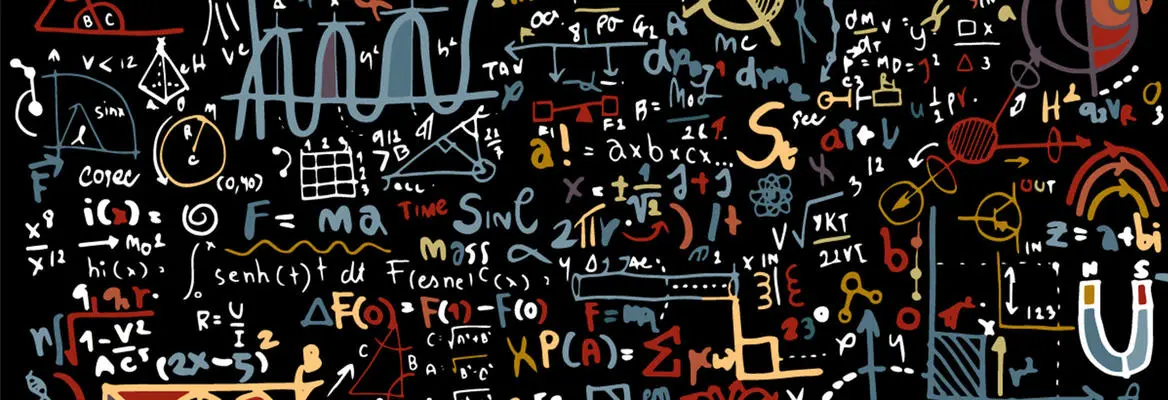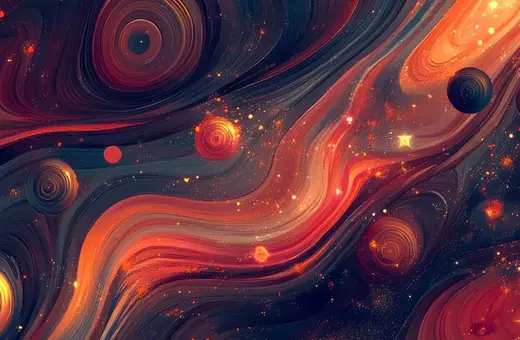I finished high school in 1995. It was the year the top quark was discovered, a prediction dating back to 1973. As I read the articles in the news, I was fascinated by the mathematics that allowed physicists to reconstruct the structure of elementary matter.
Little did I realize that for more than 20 years the so provisional looking standard model would remain the undefeated world-champion of accuracy, irritatingly successful in its arbitrariness and yet impossible to surpass. We added neutrino masses in the late 1990s, but this idea dates back to the 1950s. The prediction of the Higgs, discovered 2012, originated in the early 1960s. And while the poor standard model has been discounted as “ugly” by everyone from Stephen Hawking to Michio Kaku to Paul Davies, it’s still the best we can do.
Since I entered physics, I’ve seen grand unified models proposed and falsified. I’ve seen loads of dark matter candidates not being found, followed by a ritual parameter adjustment to explain the lack of detection. I’ve seen supersymmetric particles being “predicted” with constantly increasing masses, from some GeV to some 100 GeV to LHC energies of some TeV. And now that the LHC hasn’t seen any superpartners either, particle physicists are more than willing to once again move the goalposts.
Failure is part of science – it’s frustrating, but not worrisome. What worries me much more is our failure to learn from failure.
During my professional career, all I have seen is failure. A failure of particle physicists to uncover a more powerful mathematical framework to improve upon the theories we already have. Yes, failure is part of science – it’s frustrating, but not worrisome. What worries me much more is our failure to learn from failure. Rather than trying something new, we’ve been trying the same thing over and over again, expecting different results.
When I look at the data what I see is that our reliance on gauge-symmetry and the attempt at unification, the use of naturalness as guidance, and the trust in beauty and simplicity aren’t working. The cosmological constant isn’t natural. The Higgs mass isn’t natural. The standard model isn’t pretty, and the concordance model isn’t simple. Grand unification failed. It failed again. And yet we haven’t drawn any consequences from this: Particle physicists are still playing today by the same rules as in 1973.
For the last ten years you’ve been told that the LHC must see some new physics besides the Higgs because otherwise nature isn’t “natural” – a technical term invented to describe the degree of numerical coincidence of a theory. I’ve been laughed at when I explained that I don’t buy into naturalness because it’s a philosophical criterion, not a scientific one. But on that matter I got the last laugh: Nature, it turns out, doesn’t like to be told what’s presumably natural.
The cosmological constant isn’t natural. The Higgs mass isn’t natural. The standard model isn’t pretty, and the concordance model isn’t simple. Grand unification failed.
The idea of naturalness that has been preached for so long is plainly not compatible with the LHC data, regardless of what else will be found in the data yet to come. And now that naturalness is in the way of moving predictions for so-far undiscovered particles – yet again! – to higher energies, particle physicists, opportunistic as always, are suddenly more than willing to discard of naturalness to justify the next larger collider.















Join the conversation